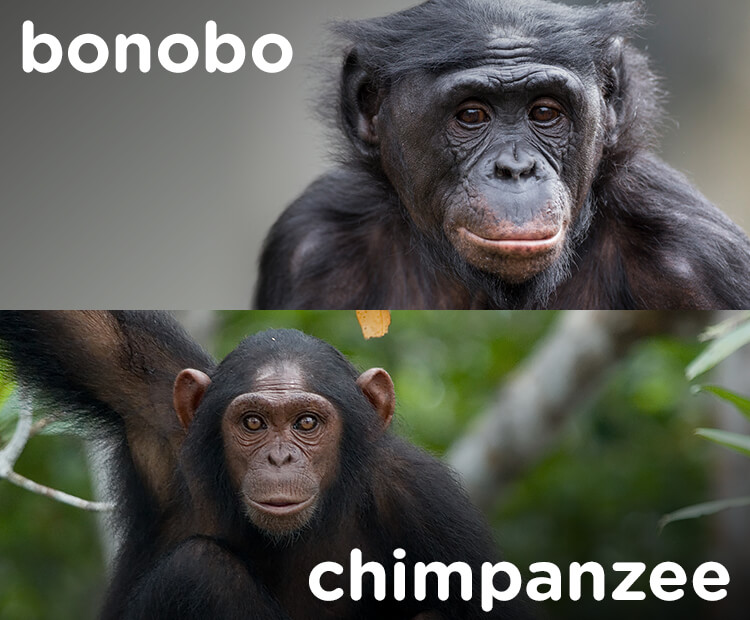

Is it possible that the peaceable bonobo has retained traits of our common ancestor that we find hard to recognize in ourselves?Įight superb full-color photo essays offer a rare view of the bonobo in its native habitat in the rain forests of Zaire as well as in zoos and research facilities. Humans share over 98 percent of their genetic material with the bonobo and the chimpanzee. Further, the bonobo's frequent, imaginative sexual contacts, along with its low reproduction rate, belie any notion that the sole natural purpose of sex is procreation. The bonobo's relatively nonviolent behavior and the tendency for females to dominate males confront the evolutionary models derived from observing the chimpanzee's male power politics, cooperative hunting, and intergroup warfare. Focusing on social organization, de Waal compares the bonobo with its better-known relative, the chimpanzee. In the first book to combine and compare data from captivity and the field, Frans de Waal, a world-renowned primatologist, and Frans Lanting, an internationally acclaimed wildlife photographer, present the most up-to-date perspective available on the bonobo.

The species's most striking achievement is not tool use or warfare but sensitivity to others. In bonobo society, females form alliances to intimidate males, sexual behavior (in virtually every partner combination) replaces aggression and serves many social functions, and unrelated groups mingle instead of fighting. The bonobo, least known of the great apes, is a female-centered, egalitarian species that has been dubbed the "make-love-not-war" primate by specialists. This remarkable primate with the curious name is challenging established views on human evolution.


 0 kommentar(er)
0 kommentar(er)
